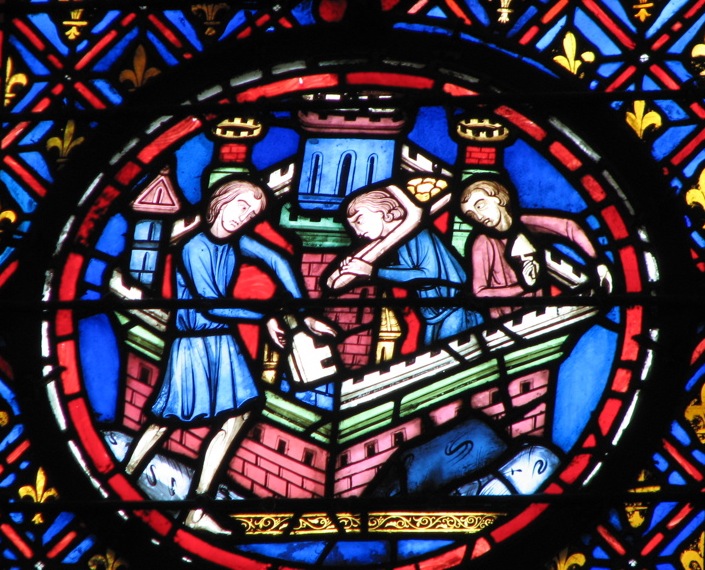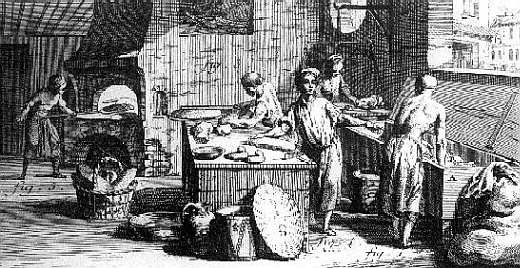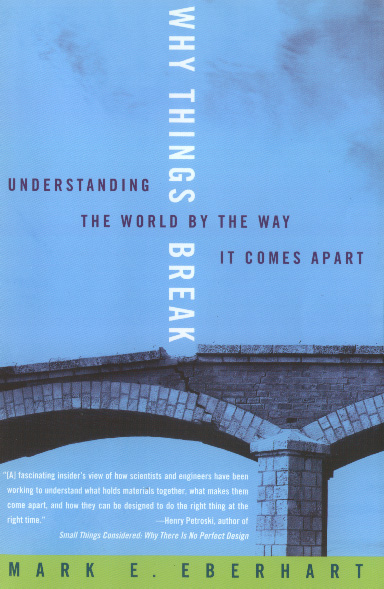“no longer did the stone dictate the shape of the tool .”
(Eberhart; pp. 17.)
Why Things Break: Understanding the World by the Way it Comes Apart, pp 17-21.
Years ago |
events then: |
places |
|---|---|---|
2.8 million |
Africa | |
2.6 million |
Africa | |
700,000 |
Kenya | |
90,000 |
France | |
50,000 |
Eurasia | |
20,000 |
Europe | |
10,000 |
N. Hemisphere | |
7,000 |
Persia - Iran | |
5,000 |
Cyprus | |
4,650 |
Egypt | |
3,200 |
Anatolia | |
2,500 |
Empedocles: the stuff of the world is made of elemental roots | Greece |
-- technology as the knowledge of cause and effect:
stone's structure, limitations, ritual systems for use of fire and metal smithing, complex relations among observation, hands, & materials.
About 50,000 years ago stone breakers made stone edged tools sharper than the needed to be for cutting purposes.
p.19
"the way a material fails limits its uses."
p. 23.
complex of complementary tools
any tool emerges from:
material
technique ------------------- language
organization <------------------------> symbolic logic
Example of a Bonze Age tool complex
Mining
Findings in Anatolia, central Turkey, tin mining was a well-developed industry in that area as long ago as 2870 B.C., at the dawn of the Bronze Age.
A scholar notes that this "finding that may change established theories about economic and metallurgical developments in the Bronze Age Mediterranean world."
"By closing a significant gap in our understanding of metal production, our research has become central to interpretive efforts aimed at understanding the use of metals in urban areas," she said. The Bronze Age, which began about 3000 B.C. with the knowledge of how when alloying copper (90-95 parts per hundred) with tin (10 to 5 parts per hundred) a more efficient metal is produced by fire.
"Tin's economic role in the metal technology of the time is perhaps akin to that of oil in industry today. It was the most important additive to the then high-tech metal of its age -- bronze," Yener said.
Technology is briefly defined as the study of “objects and products that allow us to do things” (Pursell. 14) But as you will see defining technology is not simple because, as Eberhart suggested and Pursell emphasizes there is a three way relationship among ideas, techniques and materials. These related facets of any artifact (coke bottle, hammer, or mobile-phone) explain the complex way in which a tool and its associated tools fit together to define technology more systematically.
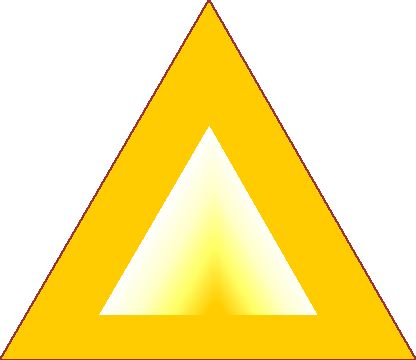
|
||
B |
C | |
| Three elements are A) material subtance and performance, B) techniques to use and make the devices, C) symbols and images we use to explain devices. | ||
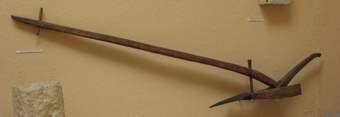
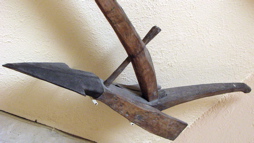
A roman plough, with a metal tip to cut furrows.
What social organization does the plough enable?
tools are useless without users:

B. The plow enables the effective spread of agriculture
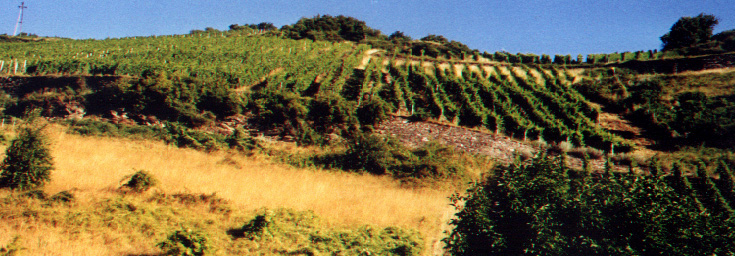
Wheat and grapes --native to the Caucaus, growing in the Rhineland, Germany.
users without a comprehension of materials are useless:

C.
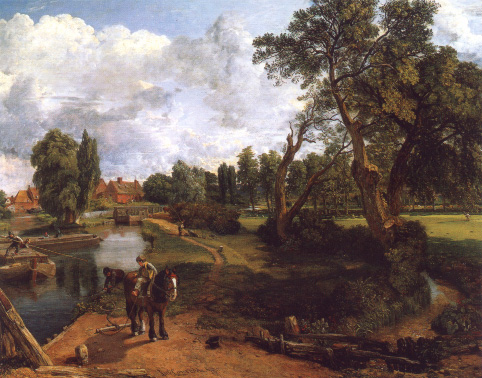
John Contasble's painting of Flatford Mill, 1816, depicta an image of how extenisvley agriculture's enormous and widespread influence changed the landscape, altered labor and promoted canal technology during the period when mechanical means were being replaced by the tools of the "industrial revolution."
are the images, symbols and stories we tell to describe such experiences
Stained glass image portraying the Biblical story of the Tower of Babel.
[Click here or on the image to enlarge for details]
Another way of understanding the three aspects of techology exhibited by all tools and artifacts is by analogy.
Analogies to the ideas expressed in Eberhart, Postman, and Pursell:
A. an object -- the material tools themselves or implements
B. the subject -- the techniques we employ to handle tools
C. the context or means of employing A + B to some purpose - means technology is the study of things and their makers and users with the means to perform actions toward some particular ends.
The need for exchange -- copper ore & tin ore places were separated by great distances.
A number of significant innovations took: time, observation, experience and eventually language to capitalize on the achievements of fire, stone working and metals.
Siry addition to Eberhart,
An engraving from Diderot's 18th century Encyclopedia depicting skilled workers in a bakery.
Chapters
- Atoms, Marbles, and Fracture
- Ancient Art, Ancient Craft
- Ancient Science
- Embrittlement and other coincidences
- Shocking Simply Shocking
- Things that Don't Break
- When the Going Gets Tough
- Only the Tough Get to Go
- Why ask Why?
- Right Answers, Wrong Answers, and Useless Answers
- Inside Materials by Design
- Materials by Design Resurrection
- It's Broke We've Got to Fix It
Tools of Toil: what to read. Tools are historical building blocks of technology.
Pursell | Pacey–World | Postman | Head | Tenner |Pacey–meaning| Eberhart | Snow | Kaku | Boulding | Delillo | Kranzberg
| Postman–Tech | Postman–Television |
This page was created, by J. Siry.



.gif)
